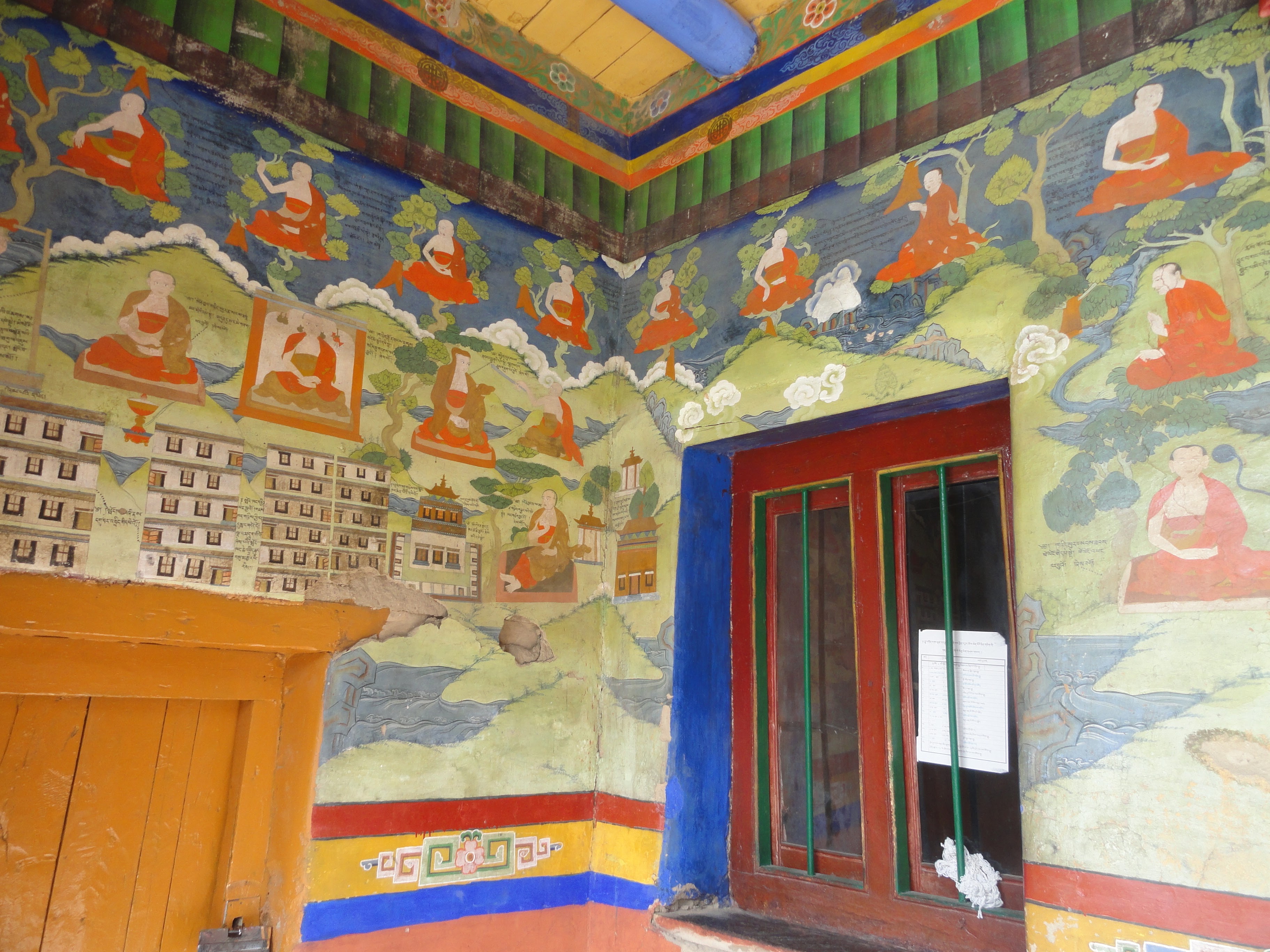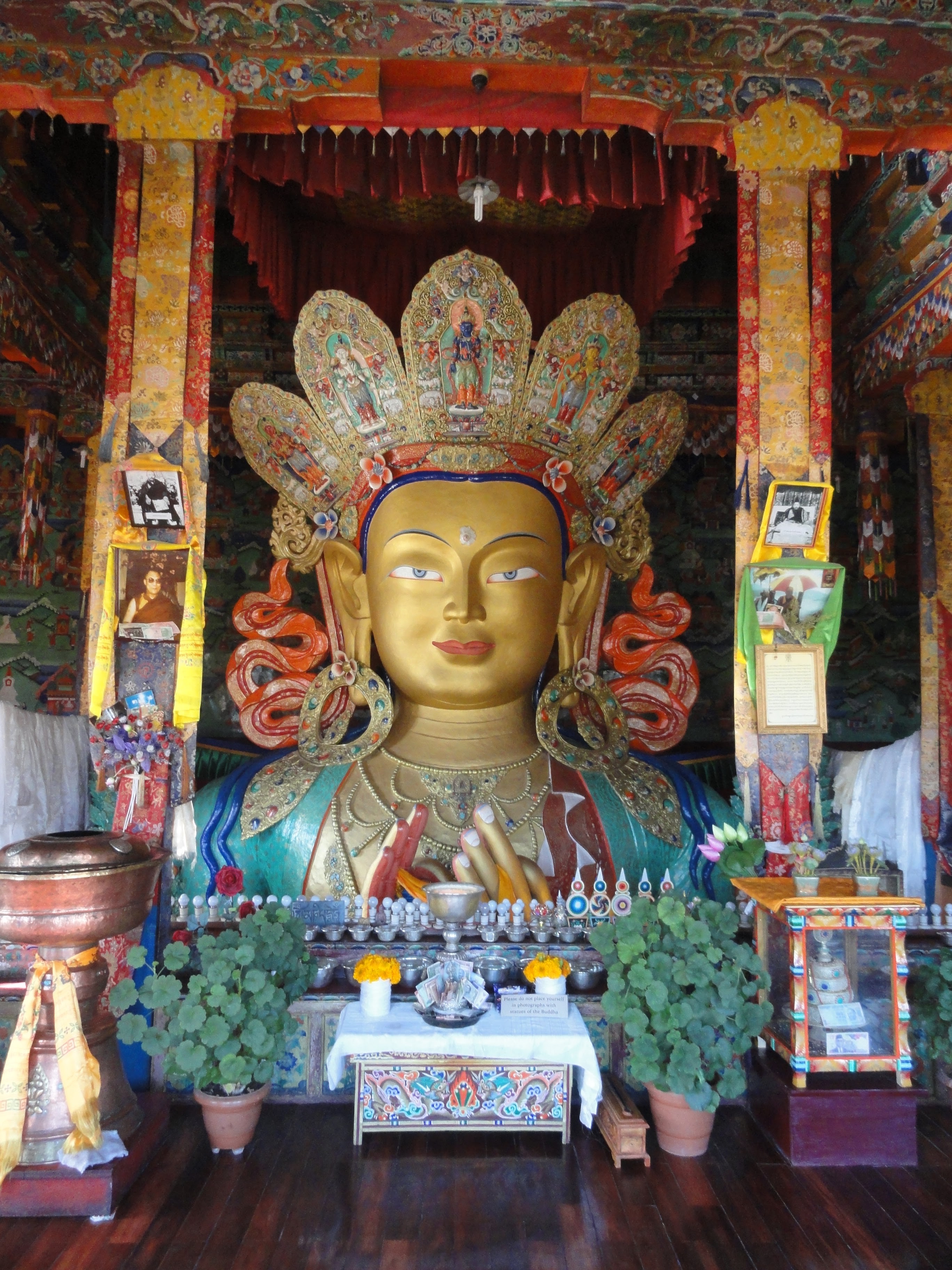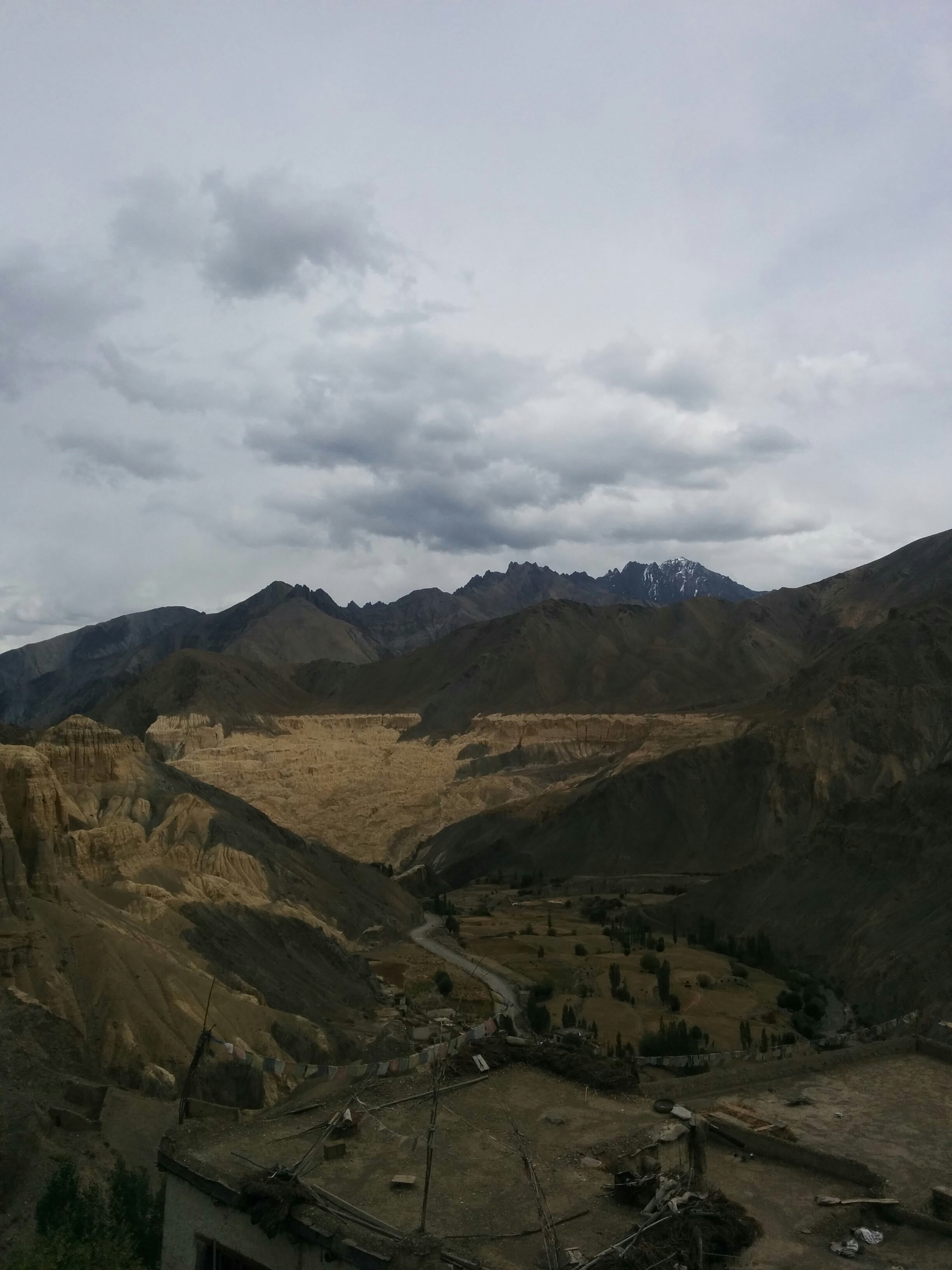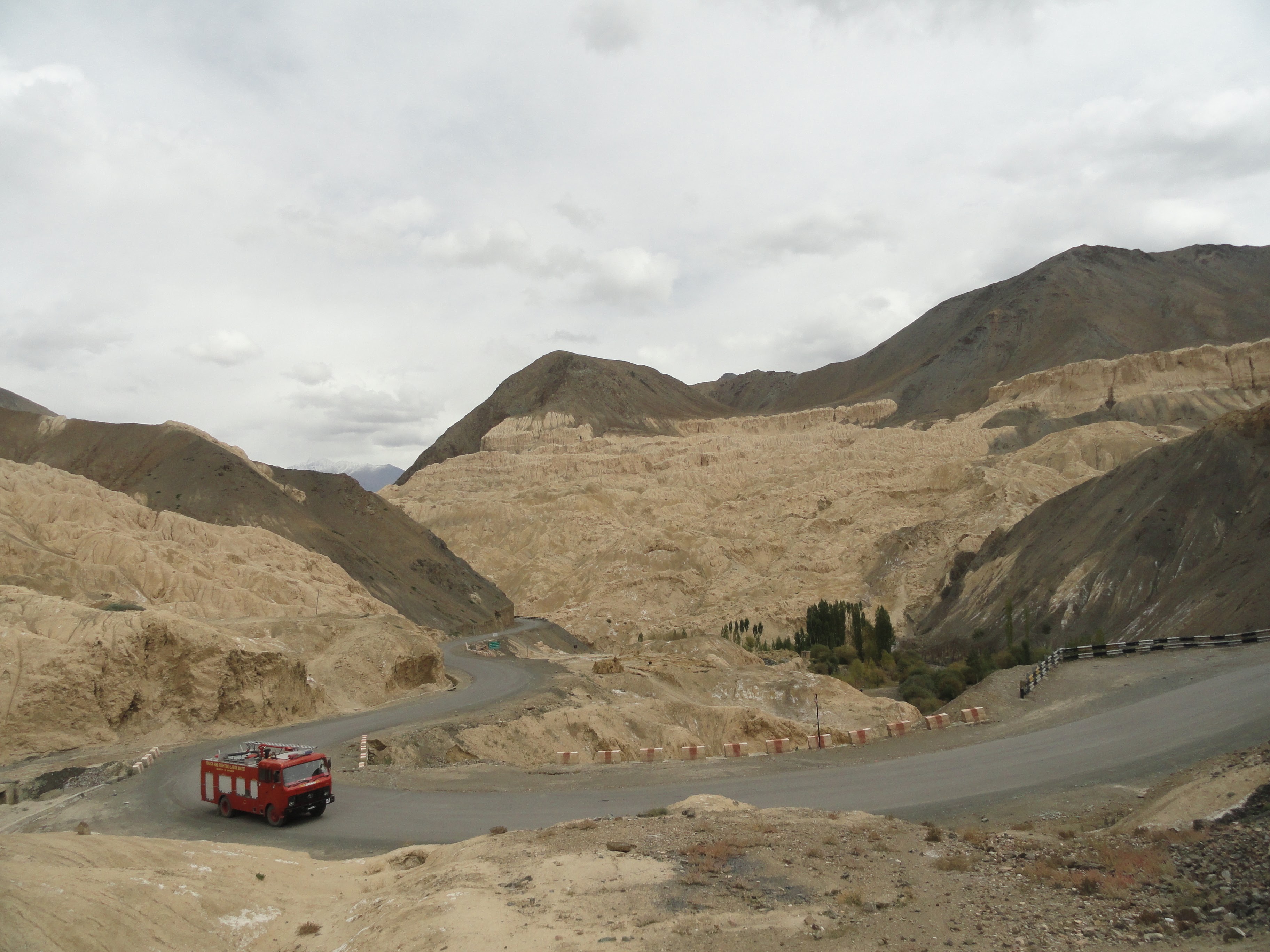Hemis Monastery stands inside a gorge, a lone ranger surrounded by vast swathes of red and brown mountains, bare valleys peppered with poplar trees and a vivid blue sky. I reach the courtyard of the monastery after a steep climb, my city lungs working overtime in the thin Ladakhi air, wondering how it would’ve felt for a young and lost Jesus Christ to have walked this very path more than two thousand years ago.
 The rumours of Jesus’s visit to India, which are still being passionately argued upon with a documentary made a decade ago, were started by two gentlemen much before internet became the fighting ground of conspiracies. Louis Jacol
The rumours of Jesus’s visit to India, which are still being passionately argued upon with a documentary made a decade ago, were started by two gentlemen much before internet became the fighting ground of conspiracies. Louis Jacol
liot, a French barrister who lived several years in India between 1865-1869, wrote ‘La Bible Dans I’Inde’ (The Bible in India) where he compared the accounts of the life of Krishna, one of the prominent Hindu avatars of Vishnu, with that of Jesus Christ in the Gospels and concluded that there were far too many similarities in both these accounts and hence they were of the same person.
Nicolas Notovich, a Russian war correspondent went a step further eighteen years later in 1887 by placing the legend of Jesus bang in the same courtyard I stood in. He told the world that while he was recuperating his broken leg at the monastery, he was introduced to the Tibetan version of a Pali book called ‘The Life of Issa’, which recounts how Jesus at the age of 13, exactly when his unknown years start, leaves home to wander with a caravan of merchants to India, and studies the laws of the great Buddhas and spends six years among them, learning Pali and mastering their religious texts. At twenty-nine, he returns to his own country and begins to preach. The idea corroborated precisely with Jesus’s lost years, from the age of 13 to 30, when he established Christianity. Notovitch’s book caused a significant controversy in his time, with historian Max Muller calling him either a liar or a victim of a practical joke by the monks at Hemis. The story goes that an incensed Muller even wrote to the head lama at Hemis Monastery to ask about the document and Notovitch’s story and the lama replied that there had been no Western visitor at the monastery in the past fifteen years. Notovitch countered this by claiming that he’d been shown 63 documents of various oriental languages by a Catholic priest in the Vatican library that proved as much.

In 1922 Swami Abhedananda, a contemporary of Swami Vivekananda, visited the Hemis monastery to confirm Notovich’s claim. The lamas in his version of the story, confirmed that the Russian had been there for a month and a half with a broken leg and that there was a manuscript on Jesus Christ which was shown to him. They also, Abhedananda added, told him that Jesus Christ visited Kashmir after his resurrection and lived to a ripe old age of eighty to die in Srinagar.
The same story comes in ‘Jesus in India’, a book by Mirza Ghulam Ahmad, the founder of the Ahmadiyya Movement, which was published in 1908. The book gave evidence that Jesus survived his crucifixion and escaped to Kashmir (and not Ladakh) to live until a ripe old age until 80AD. He died and was buried in Rauzabal shrine, located in Srinagar, 450 kilometers away from Hemis Monastery.
The relatively unknown shrine, gained immense importance in the legends of Christ in India post the claim in early 20th century. Till today, legend goes, Rauzabal’s inner sanctum has a stone with the imprint of two feet showing what seems to be nail wounds. And an unnamed body buried along with the two saints.
As is the case in our rather imaginative country, the stories don’t stop there. Collected claims also say Christ visited Banaras, Jagannath Puri, Rajagriha and was hated by Brahmins as he didn’t maintain the caste system and loved everyone equally.

It’s a lazy day, a day made to look at the azure sky and create stories. A group of little monks, in their darker-than-blood habits, giggle together, their easy smiles a sharp contract to the harshness of the cold desert air. I smile back, uncertain, wondering if their predecessors would’ve misled a European or two. The wind starts to whisper in my ears. Whispers turn into echoes turn into rumours turn into legends and tumble into facts. Everything is possible in this valley of surreal calm where the winds sing and the Yetis dance.
—-
First published in Discover India

